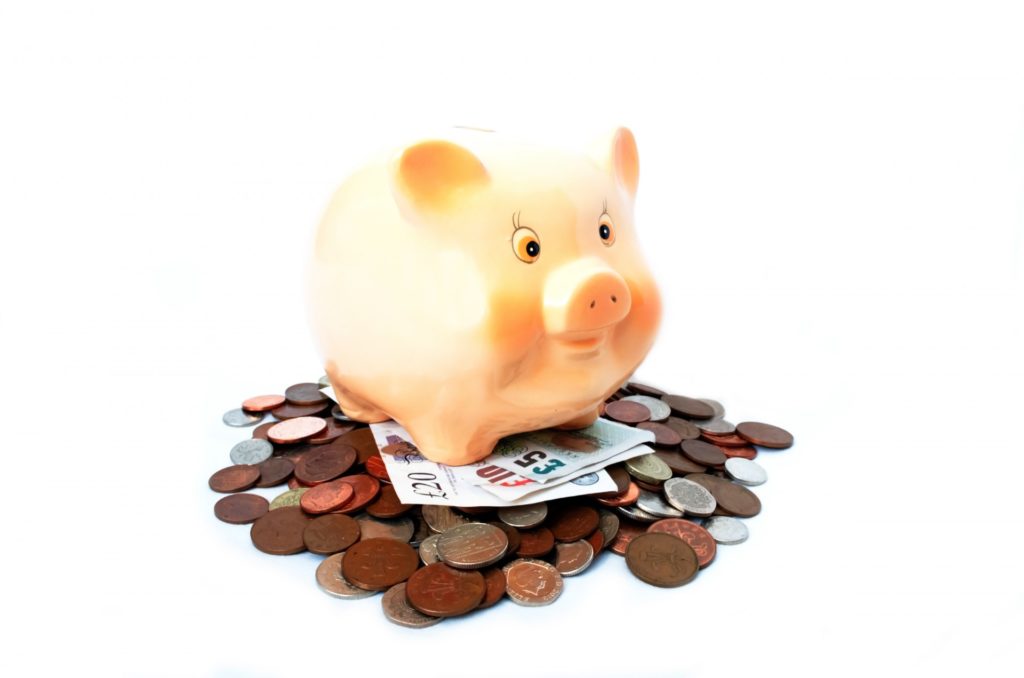WHY DO YOU NEED A CONTENT BANK?
As part of my series on creating and developing your author platform, I’ll be making some suggestions about how to manage the administrative side of things. Why? Well, creating and developing your author platform is a big undertaking, and my goal is to help you make this process as streamlined as possible. Also, I’m bossy.
If you’ve already done your author profile questionnaire, you’ll have some useful information about your genre, location, subject matter, and thematic concerns—all rich sources of content and imagery for you to use down the road. So NOW is an excellent time to start thinking about how you want to represent yourself and your work in a highly visual online environment.
Starting a content bank can be as simple as creating an Excel file and a folder on your desktop, or, better yet, on Google drive or a platform like Dropbox. It might even be a hard file of images or photographs or old publications that need to be scanned. Ultimately, you want digital files of everything.
This process serves several purposes:
- First, to take an inventory of what you already have (i.e., any content YOU own the rights to)
- Second, to begin gathering the information and inspiration that will make it easier to launch and/or rejigger your web site and social media presence, and…
- Third, to create some basic organizational structures to save you time and effort down the road
WHAT GOES IN MY CONTENT BANK?
Initially, since we’re focused on your web site and social media presence—I’d start with a few categories:
- INSPIRATIONAL IMAGES (images that connect to your settings, themes, interests, etc.)
- DESIGN IDEAS (a list of links to web sites or templates you like *They don’t need to be about writers or writing!)
- PUBLICATIONS (links, including images if applicable) to any publications, blog posts, op eds, etc. you’ve had thus far
- SOCIAL SHARE (this can be videos, links, images, snippets from stories, anything you’d consider sharing on social media)
HOW DO I ORGANIZE ALL THIS STUFF?
For organizational purposes, keep things simple and consistent by sticking to a file labeling system that includes: date, type of content, and a brief keyword or key phrase.
For example: 11-9-2020, SHARE, MWPA author platform talk.
There’s nothing more annoying than digging around for an image or a document: DAMN! What did I call it…is it over here? No. Maybe I’ll do a word search. Aaaugh! There are 5,000 documents with the word “pretzel”…
NEXT STEPS
If you’ve already got some ideas about content you’d like to share, you can take a few additional steps toward getting/staying organized by creating a very simple social media marketing calendar. Simply mirror the file labeling system above in an Excel doc, and add a few more specifics: URL, a capsule description (I use this to remind myself of what the heck I want to say), and tags (people, organizations, or hashtags).
Finally, if you’re a blogger and know you need to create an editorial calendar, I found this post to be helpful: https://yourmarketingbff.com/7-steps-use-google-calendar-create-editorial-calendar/
I know—all this clerical biz isn’t the sexy part. But you know what IS sexy? Saving yourself time and energy so you can spend it WRITING.
Next up: ESTABLISHING TONE
